Thursday Five: an open listicle to the world's car brands
There are those who believe that we are in an automotive golden age, and it’s hard to argue against that. Nowadays just about everyone has this ‘car manufacturing’ thing down to a T, to the point where pretty much every new car on the road today is at least pretty good. Just about every mainstream brand has a car that it could reasonably claim as a ‘market leader’, which is great for your normal everyday consumer.
But I’d argue that while we’re at a peak for things like economy and value for money, we’re losing out when it comes to car design. It’s not that cars are becoming uglier; it’s that they’re becoming more and more derivative. Here are five trends in contemporary design that we wish car companies would throw in the bin.
Fake vents
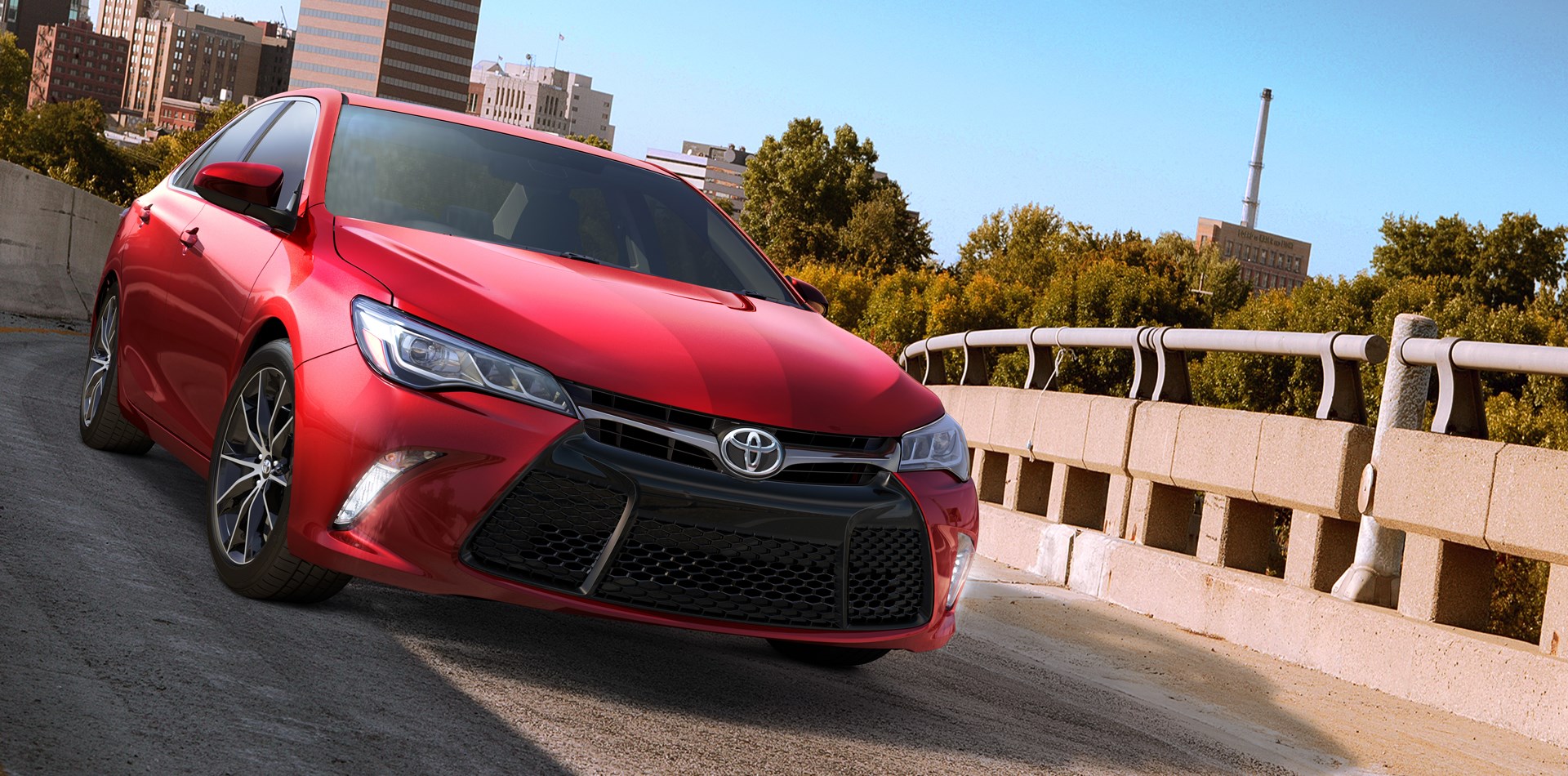
Photo / Toyota
The disconnect between designers and engineers is a long and storied one, and the emergence of fake vents on new cars is a superb example of it.
I know that it’s a relatively harmless trend for manufacturers, and it’s also enabling manufacturers to give more of their cars ‘sporty’ touches. But it’s hard to look at any filled-in vent on any car and think anything other than ‘this car is trying to write cheques with its looks that its performance can’t cash.’
A cynic would also suggest that filling everything square millimeter a car’s front fascia and ‘diffuser’ area with fake vents might just be a manufacturer ploy to cut down on the cost of paint and metal. Who would I be to argue …
Plastic engine covers
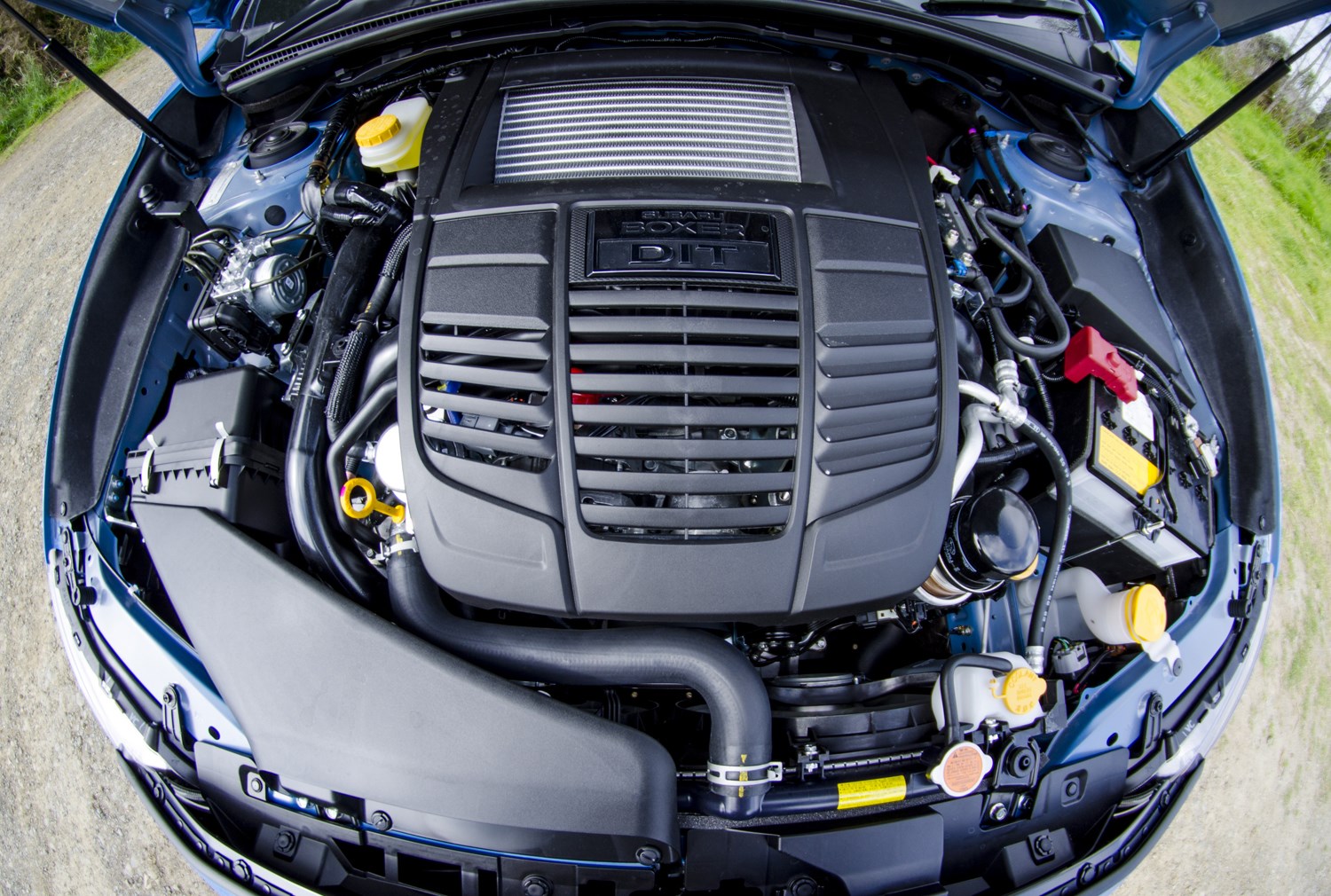
Photo / Matthew Hansen
While it’s a nerdy perception to have, engine bays have the right to look beautiful too.
Italian manufacturers like Alfa Romeo, Lamborghini, and Ferrari largely get it — with the two latter brands often displaying their throbbing hearts on their rear-engined machines underneath clear glass for all to see.
But just about every other manufacturer out there covers their engines — the hard work of their engineers — with a thick lump of branded plastic.
Why do brands do this? Probably for a number of reasons; aesthetics, cleanliness, and noise cancellation being three potentials. But there’s also a theory out there that brands do this to make any DIY engine tinkering a more frightening and intimidating idea. Either way, kudos to the few that buck the trend.
Give us back our knobs
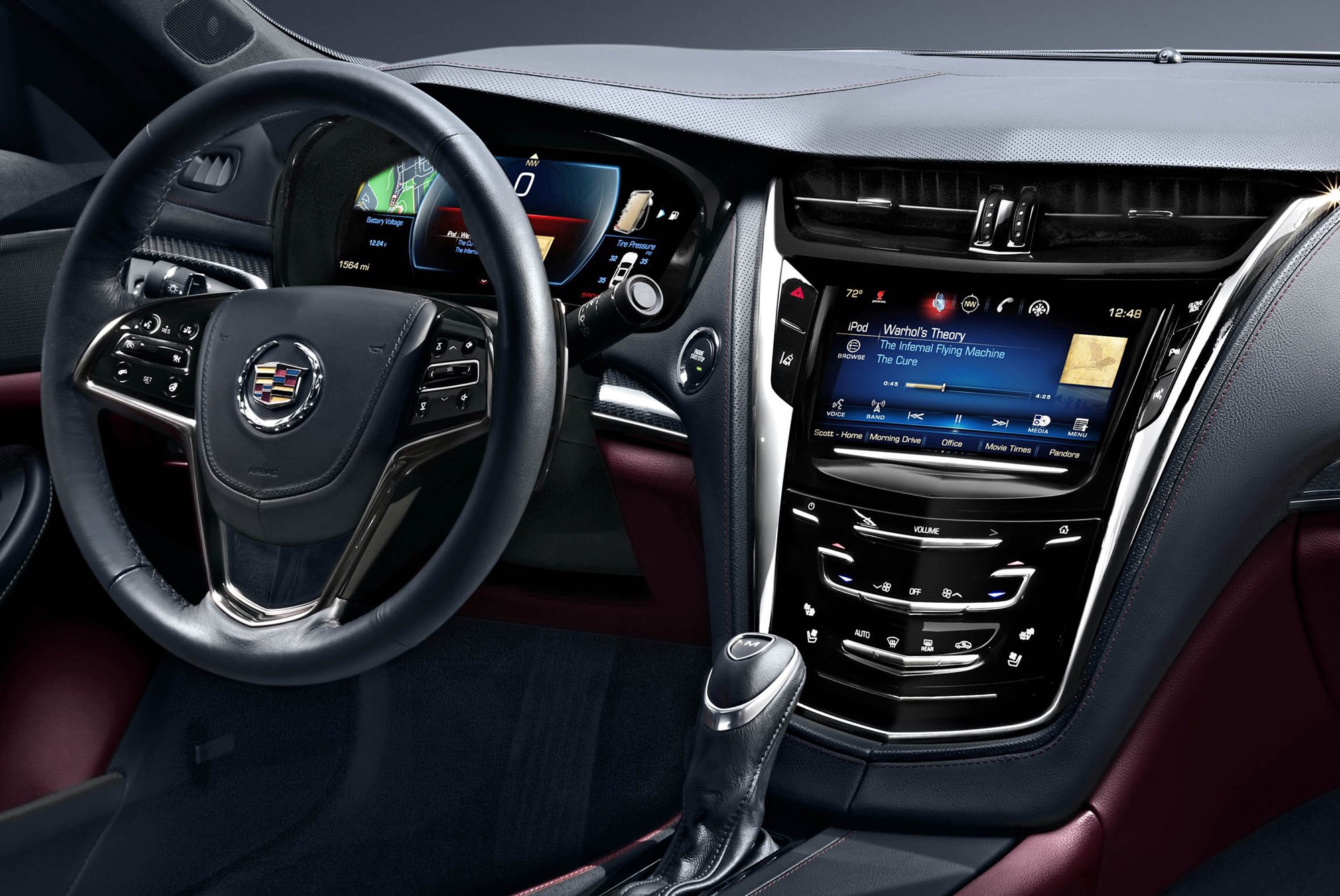
Photo / Cadillac
The interior of my Suzuki Swift (ahem … Sport) is great. It’s simplistic and cheap, but absolutely every button for every feature is exactly where you expect it to be. I’m at the point where I can pretty much do everything in it blindfolded.
Don’t drive blindfolded kids. It’s a bad idea.
I’m not against the modern in-car infotainment system, as I love the idea of hiding lots of gizmos in one central hub. But some of the worst offenders need to get it around their thick skulls that there are certain functions that people need to be able to control while they’re driving — and if your eyes are on the road, you cannot use a screen.
This is where our beloved knobs normally come in to save the day, making the process of adjusting the music volume or the air-con temperature a breeze (pun unintended I swear). But annoyingly some manufacturers are doing away with them entirely and tucking yet more functions behind touch screens.
Stop that. It’s dangerous.
Four-door coupes
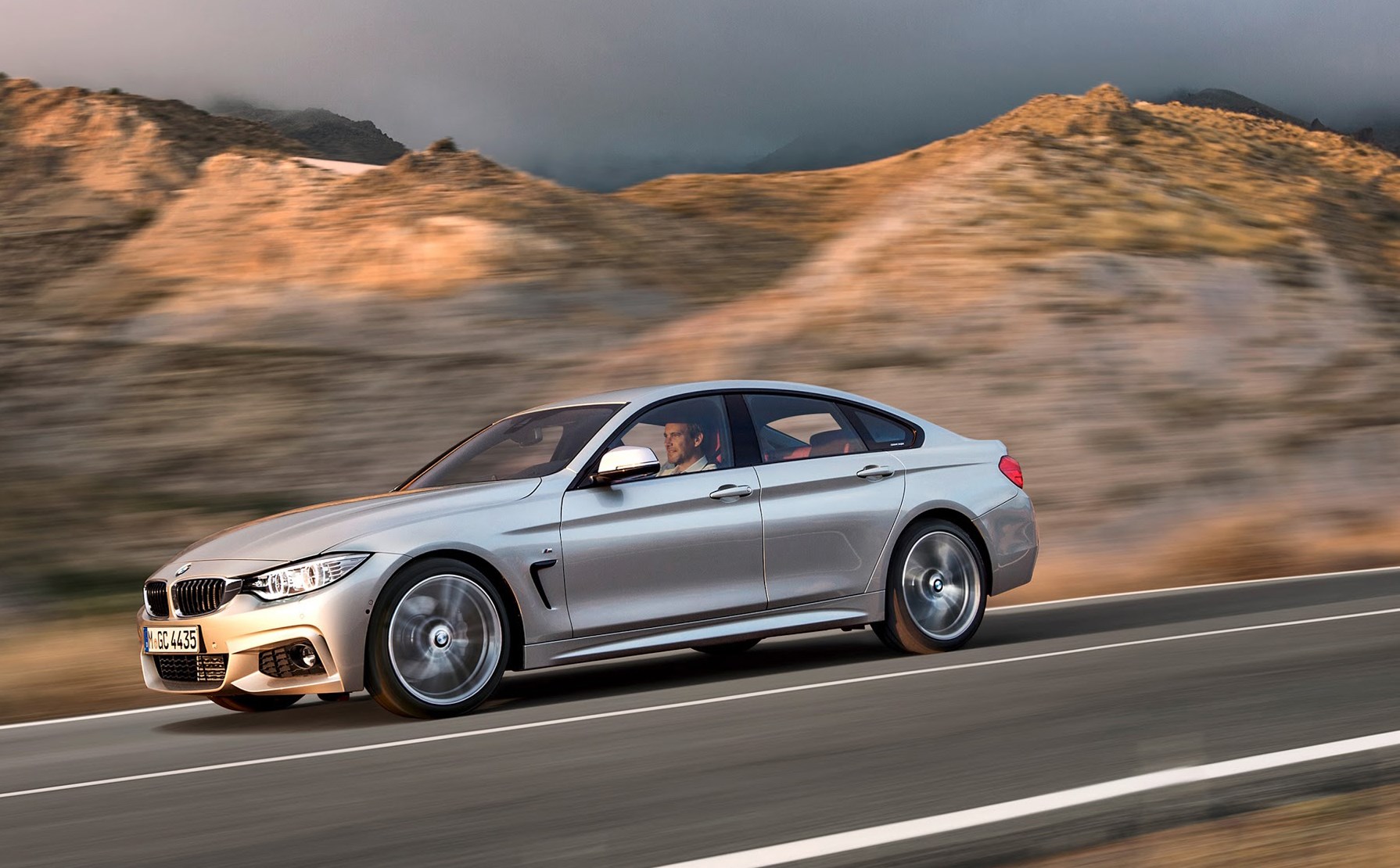
The BMW 4-Series Gran Coupe ... Photo / BMW
THIS IS NOT A COUPE, SO STOP IT.
It’s a great car, it’s a driver’s car, it’s a luxury car. That’s fine, I can feel those. But IT IS NOT A COUPE.
If you want to be pedantic and / or French, you could argue that the word ‘coupe’ stems from the phrase ‘to cut off’, and so therefore these kinds of cars with their cut roof line are ‘coupes’.
Yeah, you could argue that. But I simply would not care. It’s not a coupe.
Visibility
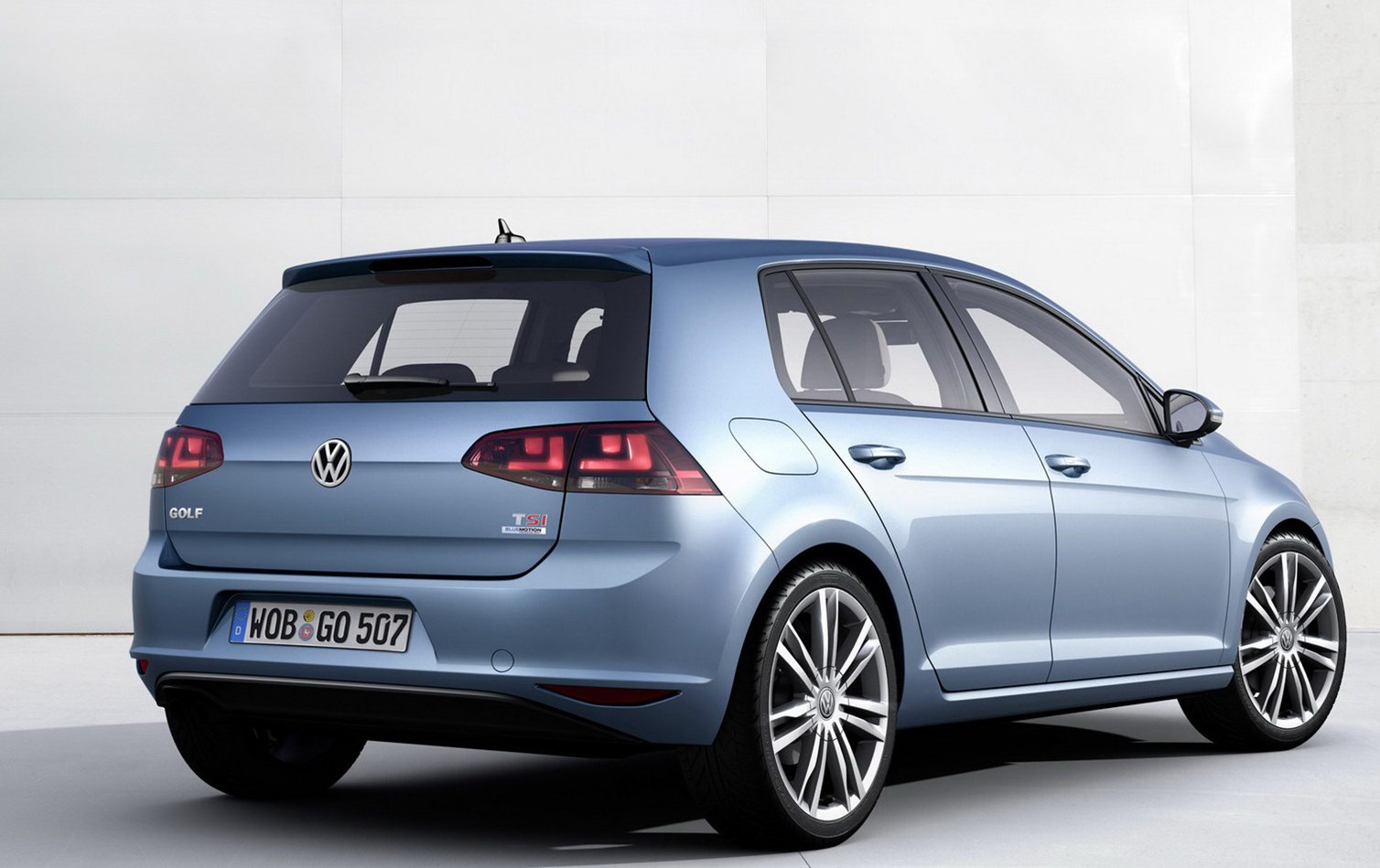
Photo / Volkswagen
Now of all the things on the list, this is the one that we’re probably stuck with. New cars are extremely safe, which is great. But that great safety has come at a cost.
New cars are now built to such a standard that they can be flipped onto their roof without imploding under the weight and smooshing occupants. That’s awesome tech, but it also means that pillars need to be much stronger. Stronger in this context means much, much fatter.
The side-intrusion safety of new cars is also excellent. But this means stronger sides — in this context, taller sides via higher belt-lines.
Combined, higher belt lines and thicker pillars — particularly C and D pillars — ensure that drivers of new cars are more cocooned than they’ve ever been before. Think about it. If you drive something from this decade, take the time to drive something from the ’90s or ’80s back to back, and compare the experience. It’s like driving around in a freakin’ greenhouse; with more visibility than you know what to do with.
This also links into why some people think every car on the road looks the same today — they share the same belt-lines and pillar thicknesses. Ish.
Will we ever see those days of glasshouse motoring again? Probably not, but hopefully I’m wrong.




